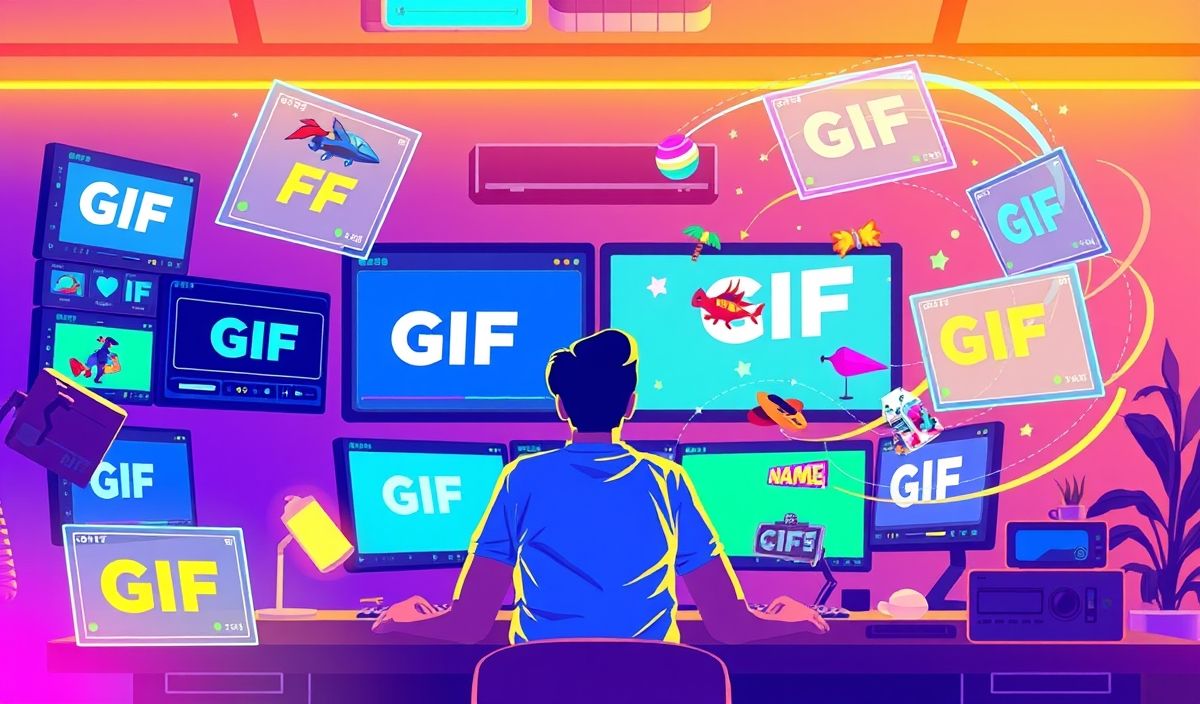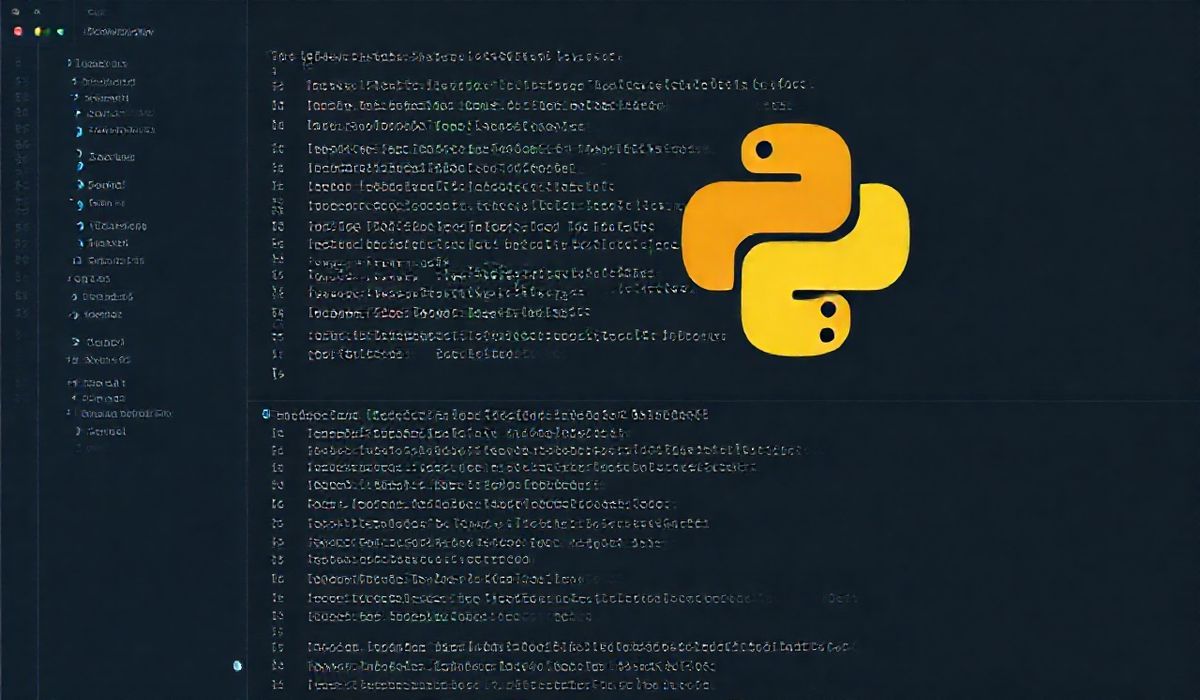Welcome to Gifwrap: Your Ultimate Guide to GIF Manipulation
Gifwrap is a powerful JavaScript library designed for seamless handling, creation, and manipulation of GIF images. Whether you’re a developer looking to add some dynamic visuals to your web application or someone who just wants to play around with GIFs, Gifwrap offers dozens of useful APIs to achieve your goals.
Overview of Gifwrap
Gifwrap simplifies the process of working with GIF files by providing an easy-to-use API for reading, creating, and modifying animated GIFs. Below are some introductory examples and common use cases of Gifwrap’s APIs.
API Examples
Loading and Saving GIFs
const gifwrap = require('gifwrap');
const fs = require('fs');
// Load a GIF from file system
gifwrap.GifCodec.decodeGif(fs.readFileSync('input.gif'))
.then(gif => {
console.log('GIF loaded:', gif);
// Save the GIF
gifwrap.GifCodec.encodeGif(gif)
.then(outputBuffer => fs.writeFileSync('output.gif', outputBuffer));
});
Creating a New GIF
const { Gif, BitmapImage, BitmapEnveloper } = require('gifwrap');
// Create a new GIF
const bitmap = new BitmapImage(300, 300, // width, height
[0xFF, 0x00, 0x00, 0xFF, // Red pixel
0x00, 0xFF, 0x00, 0xFF, // Green pixel and so on...
0x00, 0x00, 0xFF, 0xFF,
0x00, 0x00, 0x00, 0xFF]);
const gif = new Gif([bitmap]);
gif.frames.push(bitmap);
gif.encode()
.then(outputBuffer => {
fs.writeFileSync('new.gif', outputBuffer);
console.log('New GIF created!');
});
Adding Frames to Existing GIFs
const { GifCodec, BitmapImage } = require('gifwrap');
const fs = require('fs');
// Load the GIF
GifCodec.decodeGif(fs.readFileSync('base.gif'))
.then(gif => {
// Create a new frame
const newFrame = new BitmapImage(100, 100, [0x00, 0xFF, 0x00, 0xFF]);
// Add frame to the GIF
gif.frames.push(newFrame);
return gif.encode();
})
.then(outputBuffer => fs.writeFileSync('updated.gif', outputBuffer))
.catch(error => console.error(error));
Editing Individual Frames
const { GifCodec, BitmapImage } = require('gifwrap');
const fs = require('fs');
// Load the GIF
GifCodec.decodeGif(fs.readFileSync('original.gif'))
.then(gif => {
// Modify the first frame
const frame = gif.frames[0];
frame.setPixel(0, 0, 0x00FF00FF); // Set the first pixel to green
return gif.encode();
})
.then(outputBuffer => fs.writeFileSync('edited.gif', outputBuffer))
.catch(error => console.error(error));
Application Example Using Gifwrap
Imagine you’re building a web application where users can create GIFs from uploaded images. Here’s a simple example that utilizes gifwrap to achieve this functionality:
const express = require('express');
const fileUpload = require('express-fileupload');
const { Gif, BitmapImage } = require('gifwrap');
const fs = require('fs');
const app = express();
app.use(fileUpload());
app.post('/create-gif', (req, res) => {
if (!req.files || Object.keys(req.files).length === 0) {
return res.status(400).send('No files were uploaded.');
}
const uploadedImages = req.files.images; // Assuming multiple images
let frames = [];
uploadedImages.forEach((image, index) => {
const bitmap = BitmapImage.fromFile(image.data);
frames.push(bitmap);
});
const gif = new Gif(frames);
gif.encode()
.then(outputBuffer => {
const outputPath = 'user-created.gif';
fs.writeFileSync(outputPath, outputBuffer);
res.download(outputPath);
console.log('GIF created from uploaded images!');
});
});
app.listen(3000, () => {
console.log('Server started on http://localhost:3000');
});
This example sets up an Express server that allows users to upload images, which are then converted into a GIF using Gifwrap. The resulting GIF is saved to the file system and served back to the user for download.
With Gifwrap, the possibilities for creativity are endless. Whether you’re developing a feature for a web app or just exploring GIF manipulation, Gifwrap has got you covered.
Hash: e3e0e90b795fc7ab5c5a4ec950254a3a7a4a7859fe140e22a207b9e75299be6d




